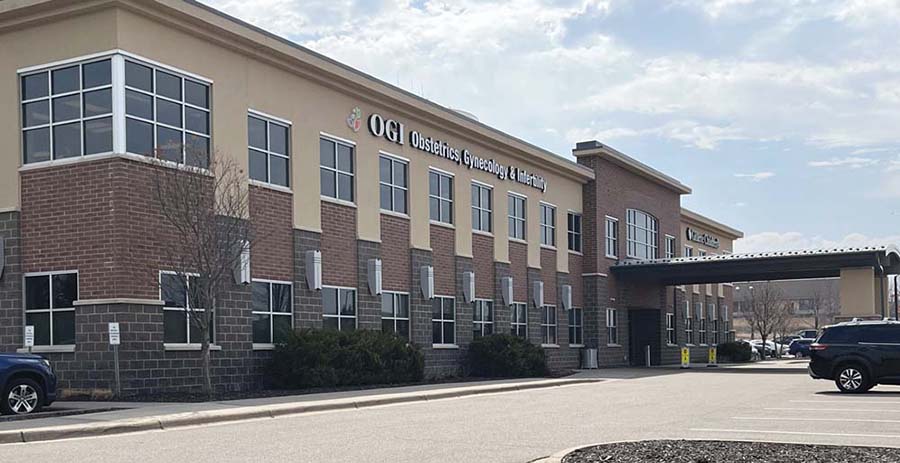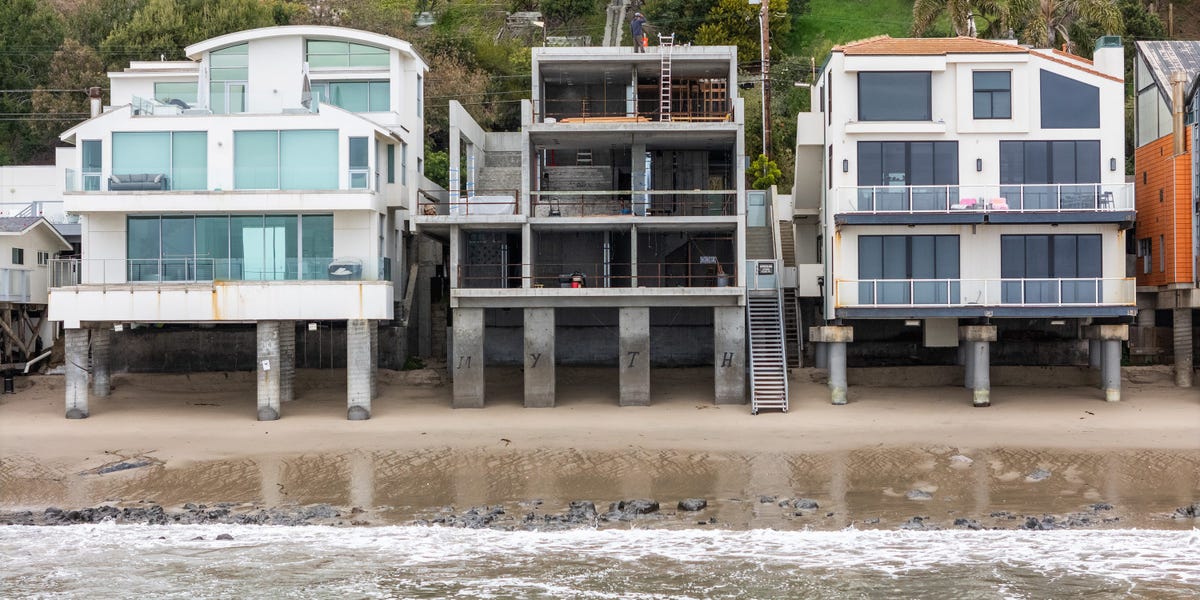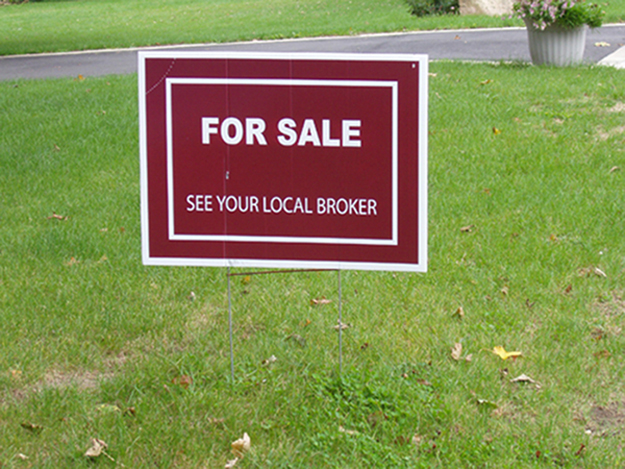T
he Twin Cities medical office market remains stable, with a vacancy rate of 6% and limited new development due to high construction costs. According to Colliers' report, health care real estate is an attractive asset for investors seeking stability in uncertain times.
Health care facilities have historically been considered "recession proof," and demand is expected to grow as the population ages. By 2030, there will be a significant increase in demand for outpatient care and specialty services, driven by the aging baby boomer generation.
The uncertainty surrounding tariffs has led some investors to seek out health care properties, but experts say it's too early to tell how this will impact pricing trends. The cost of new construction is a major barrier to development, with most practices unable to afford it. However, build-to-suit developments and sticky tenancy have helped maintain a low vacancy rate.
Notable sales in the first quarter include the Grove Medical building in Maple Grove, which sold for $15.95 million, and Edina's Children's Minnesota Business Campus, which sold for $15.5 million to Buhl Investors of St. Louis Park. These transactions demonstrate the strong demand for medical office properties in the Twin Cities market.















